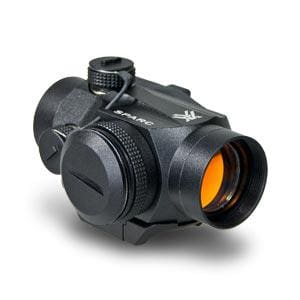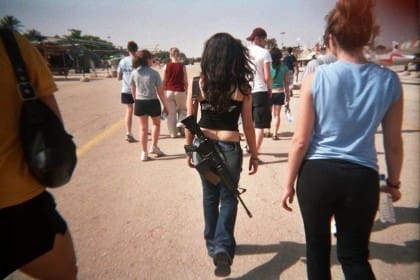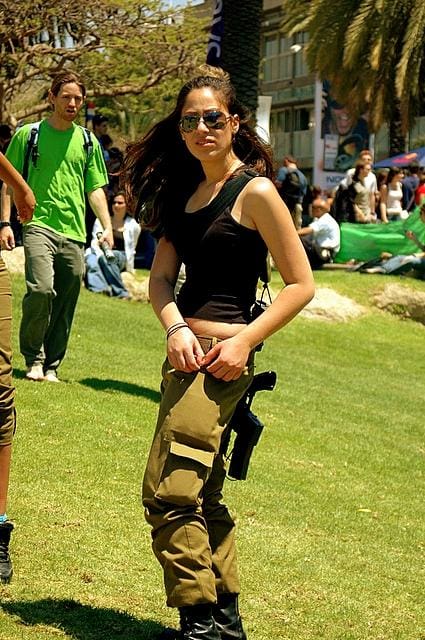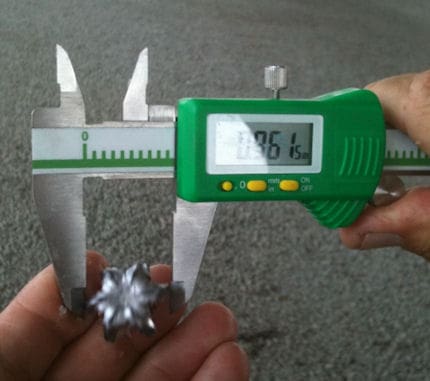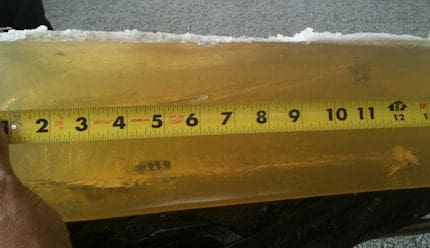The West Point PAO published a fantastic story early this month about the Engineering Psychology program within the Department of Behavioral Sciences and Leadership. It gives a great account of Dr Timothy Oneill’s (LTC USA, Ret) contribution to the development of camouflage patterns and his participation in Phase IV of the Army’s current camouflage effort. It is absolutely worth reading. However, it is the last paragraph of the article that begged our attention.
“O’Neill personally believes the end state will be two uniforms with snow overwhites. Though he is currently unable to discuss any particulars about the new uniform, O’Neill assures that they are developing it as fast as they can.”
We’re sure you’ve heard the old adage, “Amateurs talk tactics, professionals talk logistics” and ultimately, this is the major issue for those touting multiple patterns for the Army. Unfortunately, many of them are also suffering from another oldie but goodie, “Those who fail to study history are doomed to repeat it.” It seems the Army’s institutional memory is incapable of even making it back to 2001 or even 2003 when US troops commenced combat operations first in Afghanistan in woodland camouflage uniforms and then a scant year and a half later liberated Iraq in a mixture of woodland and 3-color desert patterns. Even then, it was a repeat of the first Gulf war when all of the services were incapable of preparing a sufficient stockpile of desert dress. The bottom line here is that it is simply too expensive to issue every Soldier multiple camo patterns. Even if sufficient funding were secured, would even two patterns be enough? They too would be generic patterns and compromises. So how many patterns would it take?
The question isn’t whether the Army is capable of developing numerous specific patterns for a variety of target areas. That is the easy part. The real challenge is how to produce and issue such uniforms and equipment fast enough to actually have an effect on the operation. As a nation, we have failed three times to accomplish this, and that was but for a single pattern. Imagine if this issue were multiplied even ten-fold.
Yes, you are going to say that the Marine Corps issues two uniforms but they are a much smaller service. The outlay isn’t as great. However, FROG is not offered in Woodland MARPAT so the Marine Corps doesn’t even really offer a combat uniform in a jungle or forest pattern. Additionally, their solution for a common colored load carrying and armor solution was based more on economy than performance. If the Army ever issues a final report from the recent photometric camouflage study conducted in Afghanistan, there will be some empirical evidence that suggests that solid colors such as Coyote are not very good performers as they provide too much contrast with the camo pattern. So maybe the Marines didn’t do such a great job after all.
Then there is the whole issue with clashing with your environment. Specifically, woodland pattern in a desert environment or vice versa. Troops can’t carry multiple patterns during an operation and change clothing as the environment changes. This has already been an issue in Afghanistan for both the US Marines as British forces.
All of these lessons were learned at the beginning of this war and the Army decided to adopt a Universal pattern. Unfortunately, they initially chose UCP. However, they have since selected an excellent Universal camouflage pattern for Afghanistan in Crye’s MultiCam. It works, it has been tested several times, and it is available. What’s more, it is an issue pattern. Even better, the troops love it. So what’s the problem?
If the Army wants to make an effect immediately, then the solution to Phase IV is simple. Adopt MultiCam and continue to develop and evaluate camouflage patterns. Once a superior pattern is identified, work with the sister services to institute an upgrade in capability.



